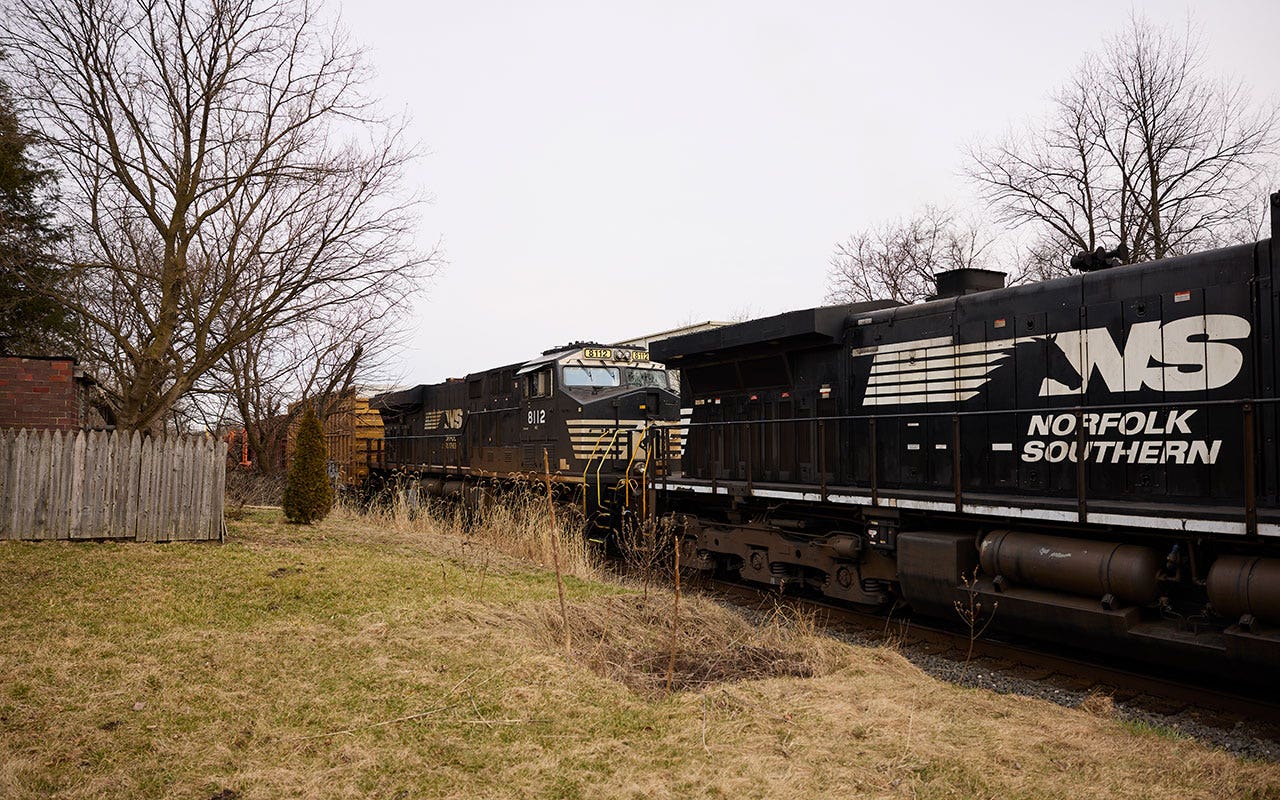A 2-year-old boy was killed on Saturday when a bounce house in Casa Grande, Ariz., was picked up by a strong gust of wind and flew into a neighboring lot.
The child was taken to a hospital, where he was pronounced dead. Another child who had been in the bounce house was treated at a hospital with non-life-threatening injures.
Whether called a bounce house, a bouncy castle or a moon bounce, those inflatable structures are a popular fixture at fairs and birthday parties.
But are bounce houses safe?
The headlines reflecting their dangers pop up from time to time, particularly after deadly accidents: an 8-year-old died in Spain in 2022, and five children were killed in Australia in 2021. A 2022 University of Georgia study found 28 bounce house deaths worldwide since 2000 in wind-related incidents.
Many more thousands of children are injured in bounce houses every year, although many of those incidents are caused by collisions or falls rather than wind. The Consumer Product Safety Commission estimated in 2015 that there were roughly 10,000 emergency room visits annually in the United States are related to bounce house accidents.
“What could go wrong?” John Knox, the lead author of the study, said in an interview with the University of Georgia’s website. “The answer is that it could blow away in winds that are not anywhere near severe levels. Some of these cases were in purely clear skies.”
Bounce houses date to the 1950s. Made of nylon or vinyl, they are inflated with air from a motorized blower. They generally are anchored to the ground with sandbags or stakes, or both.
But despite the documented danger, bounce houses can be hard to resist for many families. Safety experts say that taking proper precautions can keep bounce houses safer — including keeping a close eye on the weather.
Inflatables should not be used in winds above 24 miles an hour, advised the Amusement Devices Safety Council, a trade organization of British fairgrounds. Still, more than half of the accidents the Georgia study found occurred at or below the 25-m.p.h. mark, and some bounce houses have lower maximum wind-speed limits than 24 m.p.h.
Bounce houses should be placed on flat surfaces, said George Rodriguez, founder of clowns.com, which rents them. He said that on windy days it was a good idea to tie the bounce house to a pole or fence.
Caution should also be taken to stick to the guidelines for the particular house, including not over- or underinflating it, the council said. And no more than the posted maximum number of children should be allowed inside, to avoid collisions that can lead to broken bones or concussions. As a rough estimate, no more than 45 percent of the bounce area should be filled with children, Mr. Rodriguez said.
Bounce houses should be secured with at least six anchor points; many of the scariest incidents have involved the houses leaving their moorings and sailing off with children inside.
The council also recommends:
-
“The ropes used to secure the inflatable should be in good condition and not stretched, frayed or rotten.”
-
“The inflatable should be tightly secured to the ground so that the wind cannot get under it and lift it up.”
-
The house should look symmetrical. “If it looks misshapen or deformed, there could be internal problems that make bouncing unpredictable.”
-
Adults should supervise children at all times in a bounce house, and bouncers “should not wear shoes or glasses, and should empty their pockets of all sharp or dangerous items.”
A lot of these precautions are left up to the user, not governmental regulation. “The regulatory landscape is all over the place from one state to another,” Dr. Knox, the study author, said. “From our perspective, this isn’t good enough. Bounce houses need to be attended by someone who is weather-wise and can recognize when winds are at an unsafe level.”






